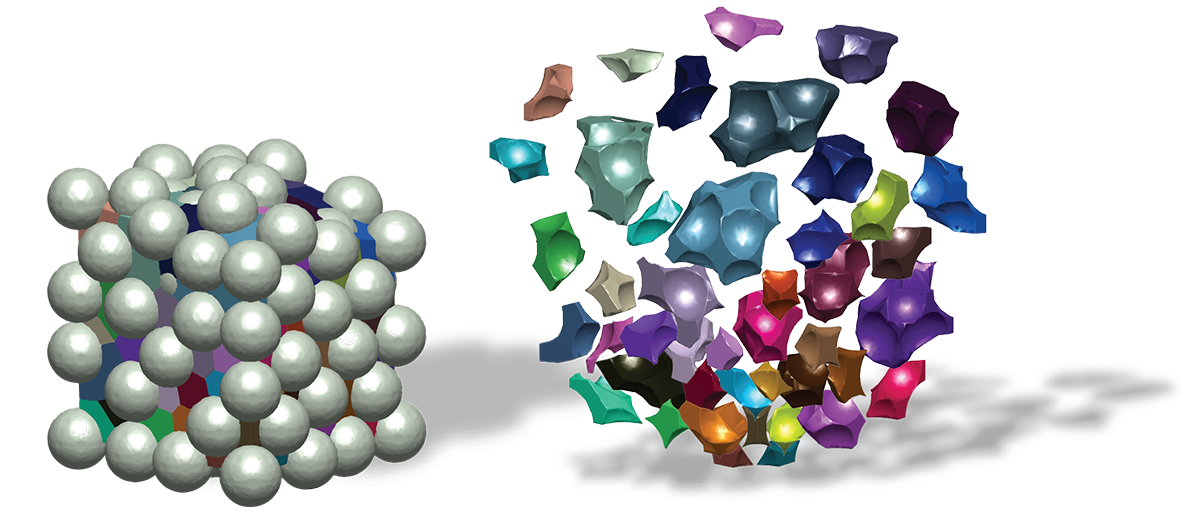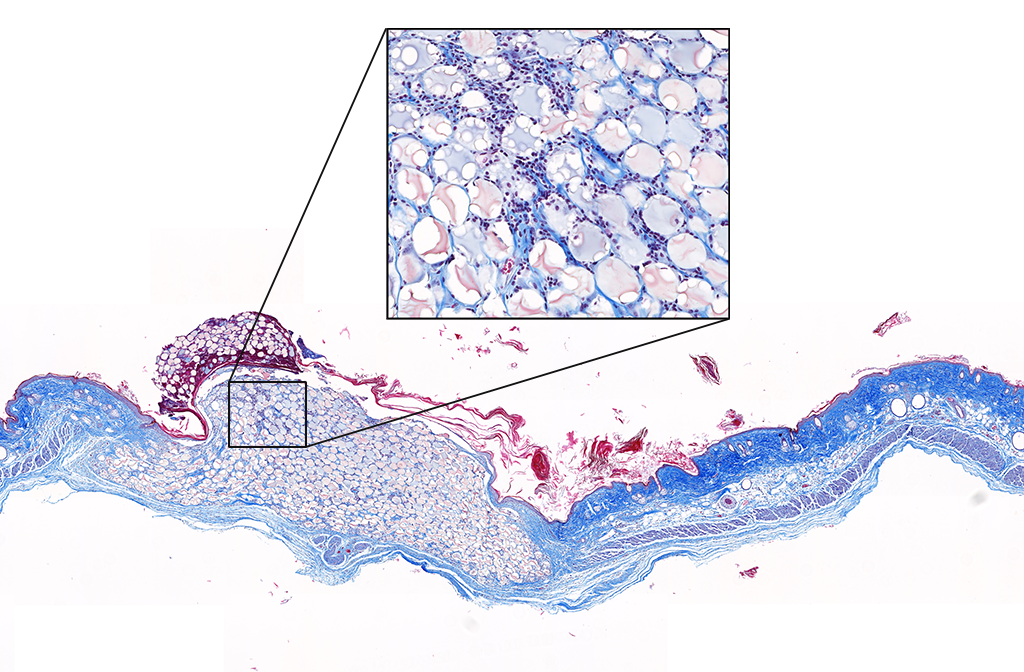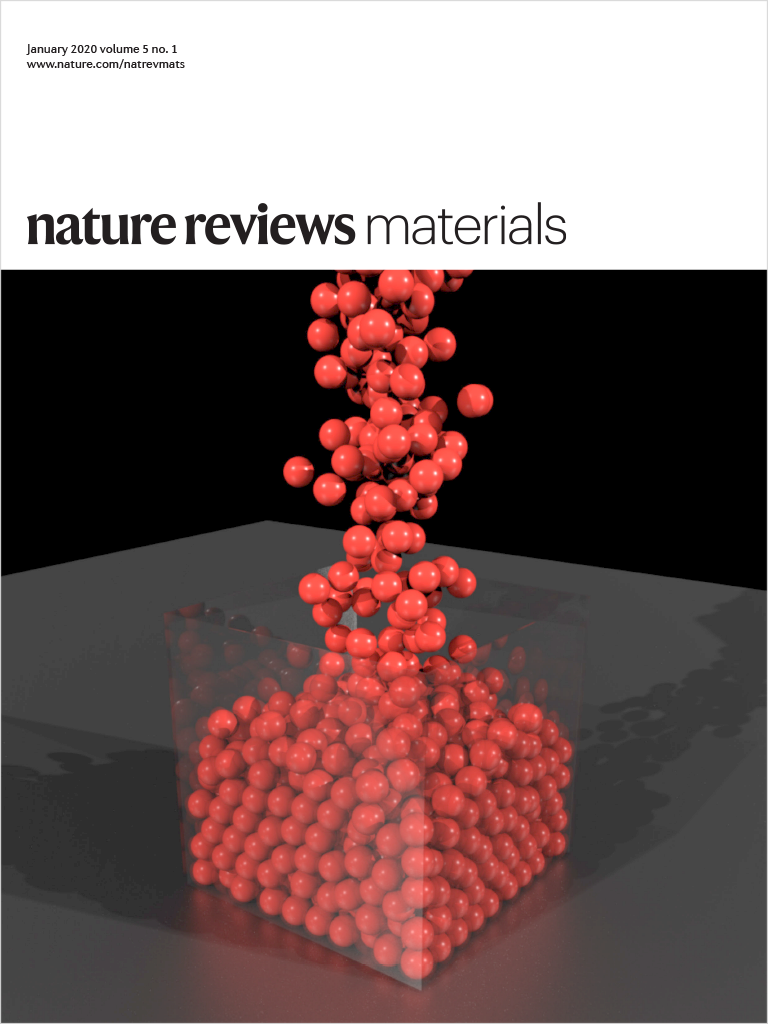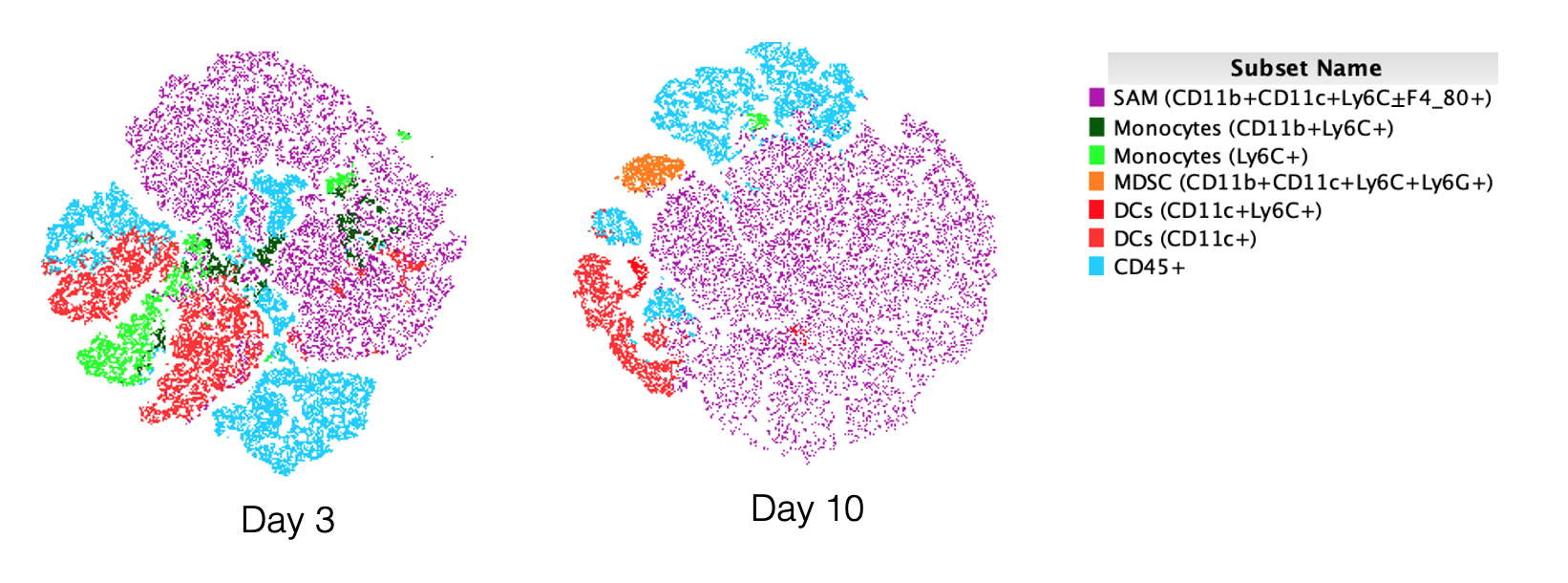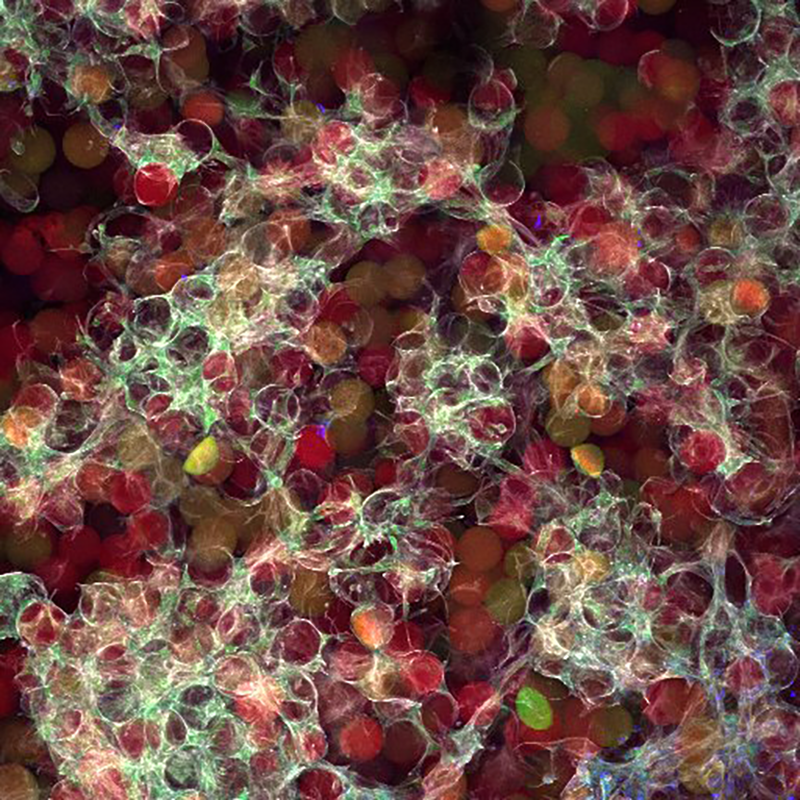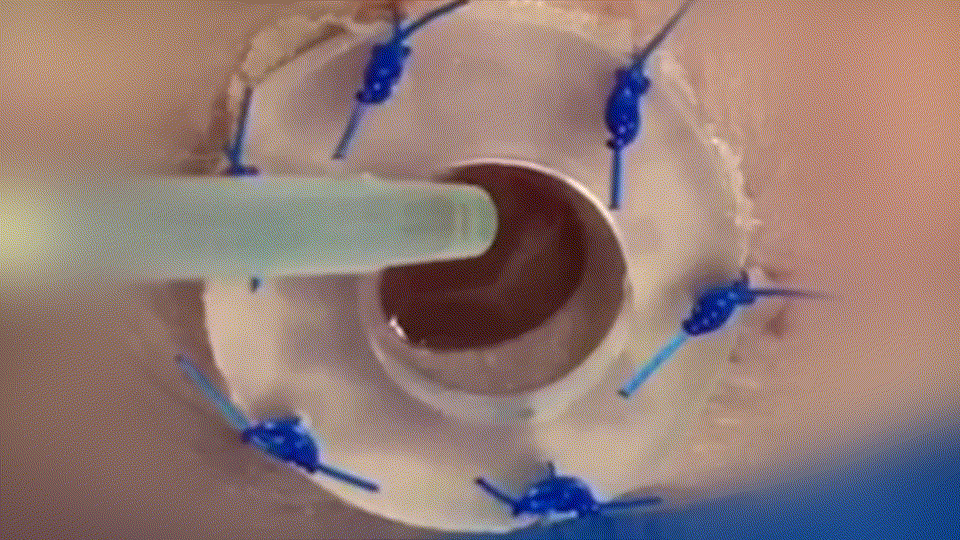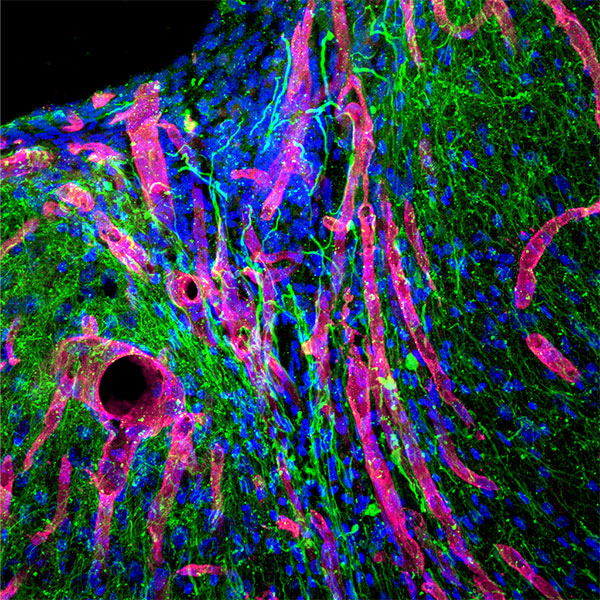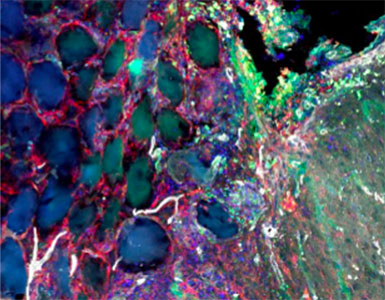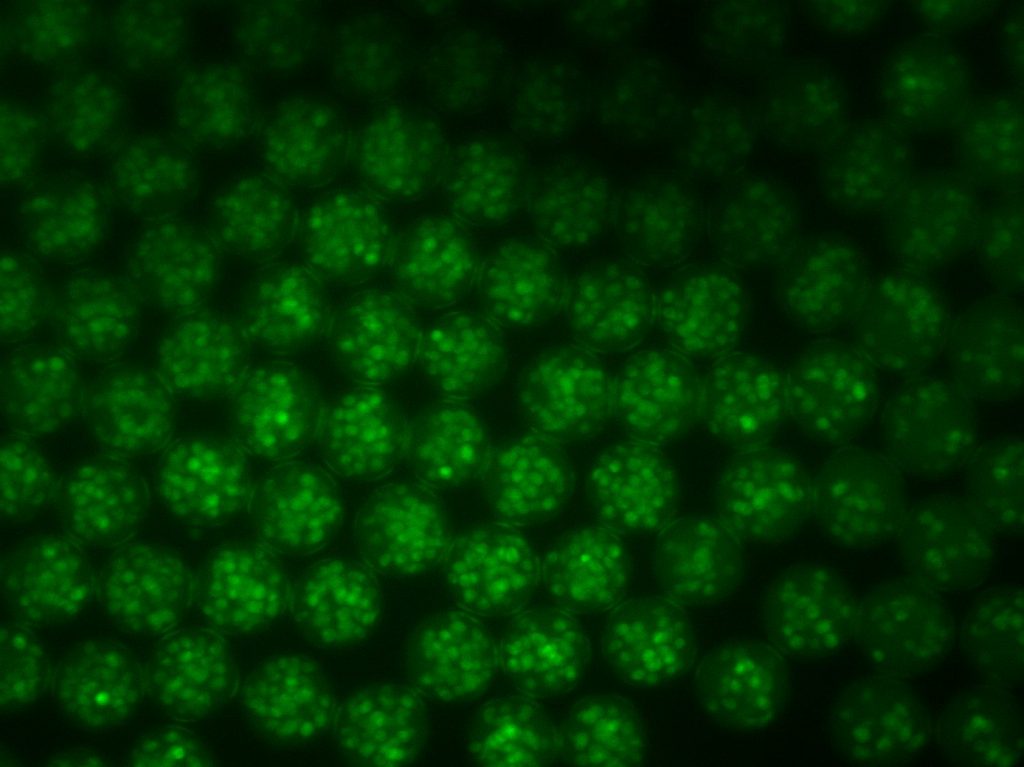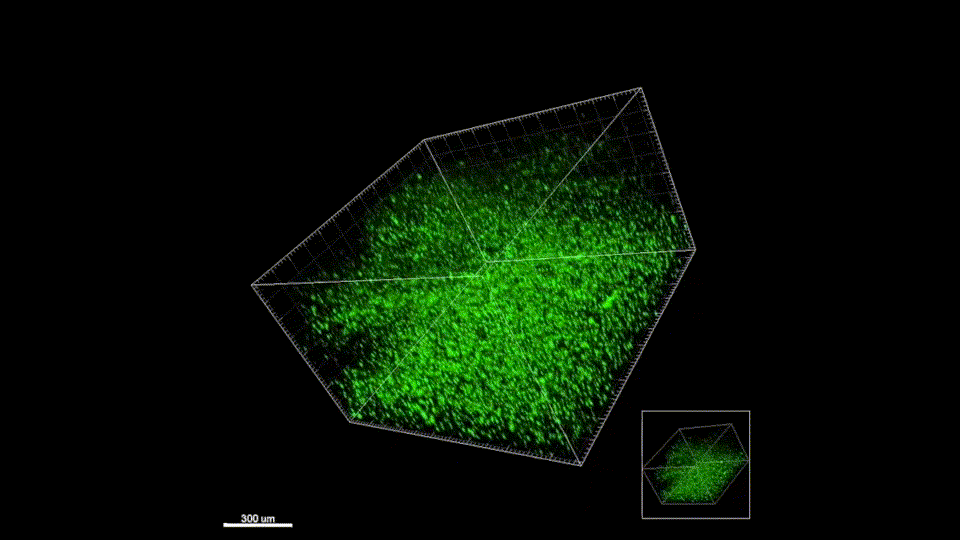Altmetric Score
Dimensions
Citation
Overcoming the barriers to efficient gene transfer is a fundamental goal of biotechnology. A versatile approach to enhance the delivery of nonviral DNA involves complexation with cationic polymers, which can be designed to overcome the barriers to effective gene transfer. More recently, DNA release from a polymer substrate or scaffold has been shown to enhance gene transfer, likely by increasing DNA concentrations in the cell microenvironment. We propose a novel approach that combines these two strategies in which cationic polymer/DNA complexes are tethered to a substrate that supports cell adhesion. The cationic polymers package the DNA for efficient internalization and the surface tethering functions to maintain elevated concentrations in the cell microenvironment for cells adhered to the substrate. The cationic polymer polylysine (degree of polymerization equal to 19 or 150) was modified with biotin groups, which was confirmed by mass spectrometry and biochemical analysis. Complex formation of DNA with biotinylated-polylysine, or mixtures of biotinylated and nonbiotinylated polylysines, was confirmed by gel electrophoresis. Plasmid DNA encoding for the reporter gene beta-galactosidase was complexed with different mixtures of biotinylated and nonbiotinylated polylysine and incubated on neutravidin (nonglycosylated avidin)-coated surfaces. DNA surface densities ranging from 0.1 to 4.3 microg/cm2 were observed and found to be a function of the number of biotin groups, the molecular weight of the polylysine, and the amount of DNA. HEK293T or NIH/3T3 cells were then seeded onto the DNA-modified surfaces, and transfection was quantified at 48 and 96 h. Transfection by the DNA surfaces was observed with both cell lines, and expression levels up to 100 fold greater than bulk delivery of the complexes was obtained. Transfection was found to be a function of the surface DNA quantities and the number of tethers on the complex. Transfected cells were observed only in the region in which DNA complexes were tethered, suggesting that the location of transfected cells can be specifically controlled. Surface tethering of DNA represents a promising approach to enhancing gene transfer and spatially controlling gene delivery, which may have applications to a multitude of fields ranging from tissue engineering to functional genomics.








